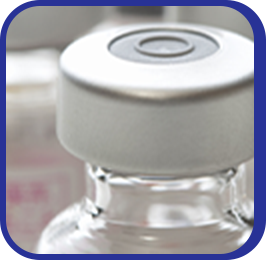To achieve a healthy and long-lived society and address food supply challenges, the development and production of pharmaceuticals and agrochemicals are advancing every day.
In fact, AGC is also working behind the scenes.
Question1Does AGC make drugs?
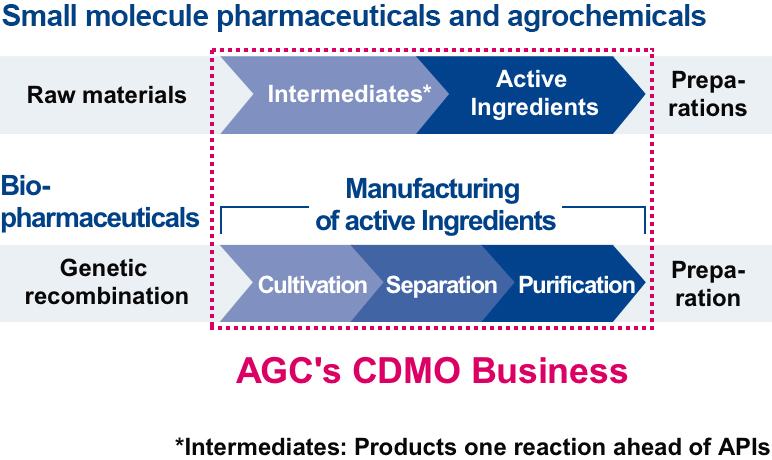
No, AGC does not make drugs.
We work as a partner of pharmaceutical and agrochemical companies to produce and supply active pharmaceutical ingredients, or APIs, and intermediates, which are substances that are used in the process of developing a drug.
These companies are called CDMOs (Contract Development and Manufacturing Organizations) and play a major role in ensuring a stable supply of high-quality drugs to the market.
Question2What is the role of CDMO?
The pharmaceutical and agrochemical industries are expected to experience long-term growth, driven by population growth and increased life expectancy. Additionally, as the structures of pharmaceuticals and agrochemicals become more complex and technologies continue to advance, pharmaceutical and agrochemical companies will need to allocate even more resources to the research and development of new products.
In response to these market trends, AGC’s CDMO business is also expanding. Rather than handling all manufacturing processes in-house, these companies are increasingly partnering with trusted CDMOs to optimize efficiency and accelerate innovation.
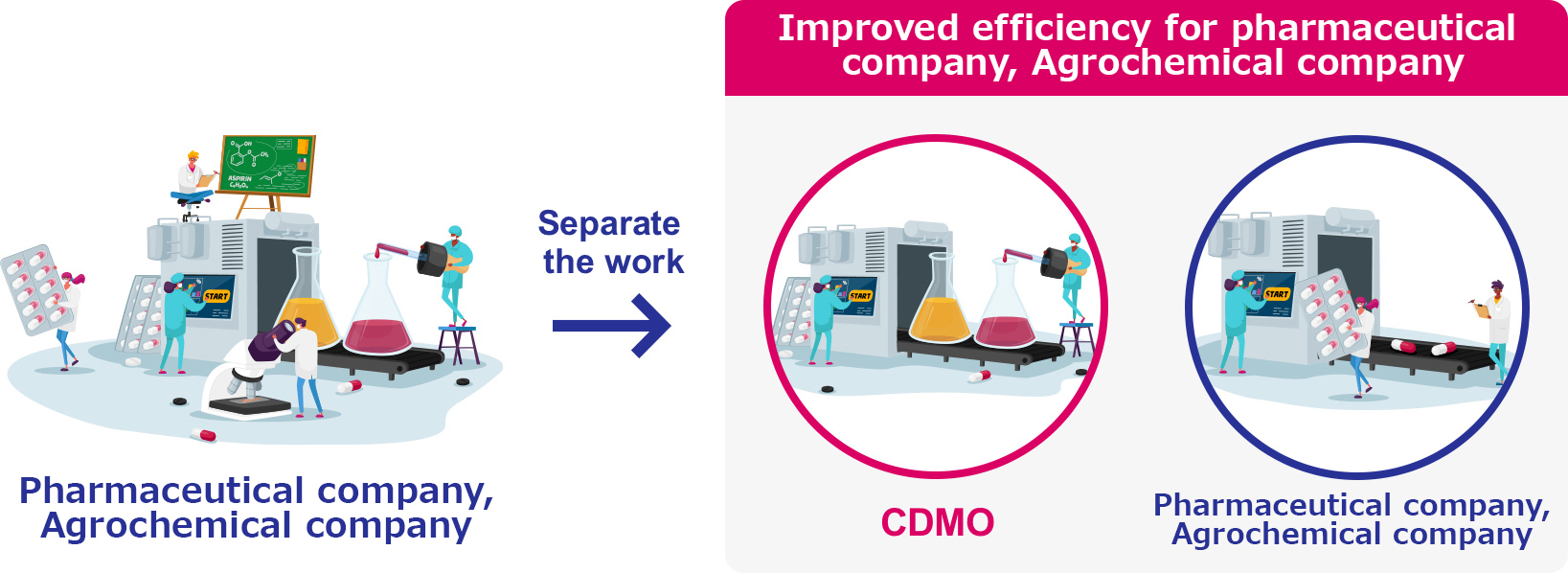
Question3How is drugs made?
There are two main groups of methods for creating substances that are the basis of drugs.
One is the small molecule pharmaceuticals and agrochemicals, which uses chemical synthesis to create compounds. The other is the biopharmaceuticals, which uses biotechnology to produce proteins.
AGC uses organic synthesis to produce substances with simple molecular structures and biotechnology to produce substances with complex molecular structures (proteins).
These proteins are important.
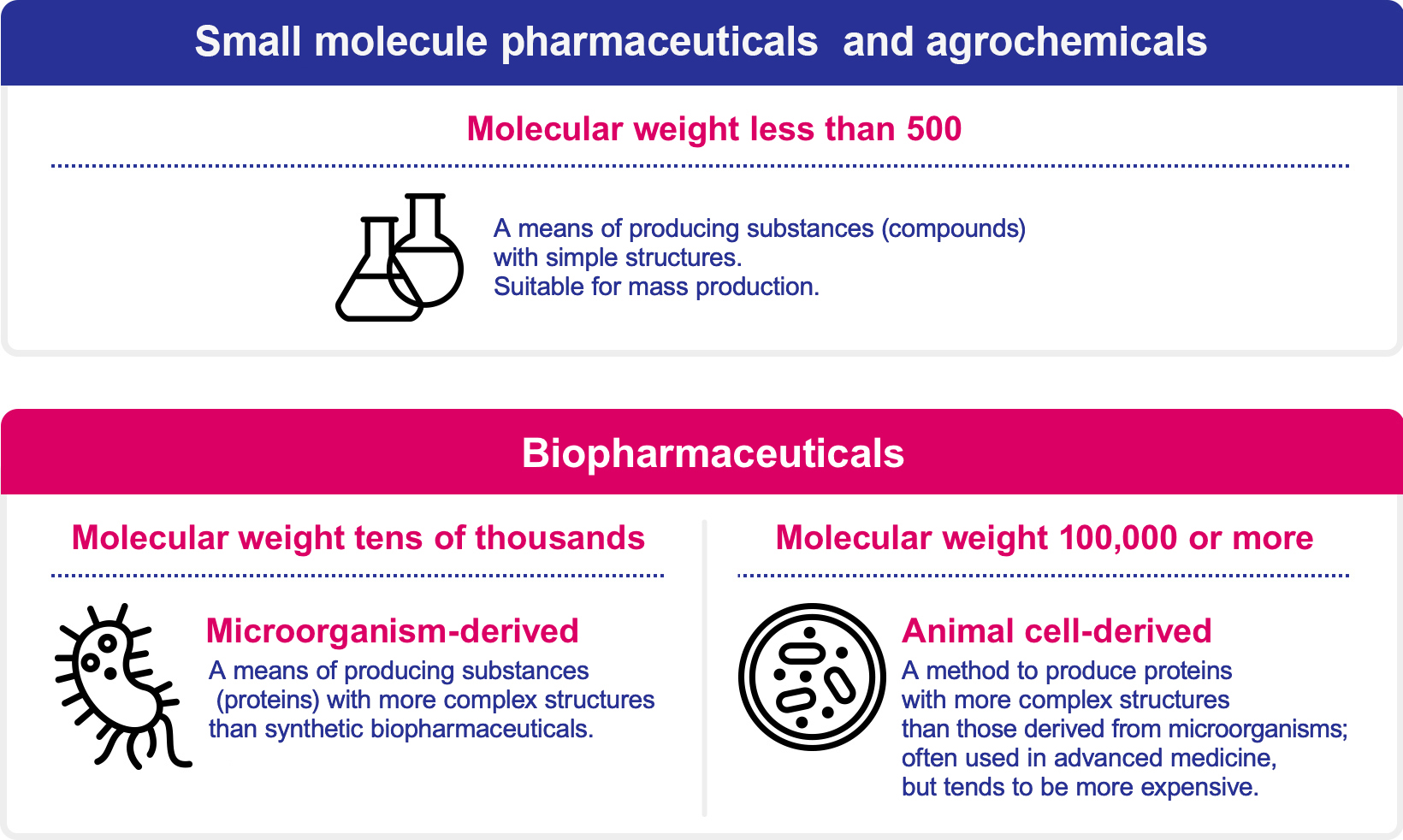
Question4How are therapeutic proteins made?
First, a gene that contains instruction “make XXX” is incorporated into the cell. Then, by culturing, isolating, and purifying the cells, proteins that serve as the basis for pharmaceuticals can be produced.
The main targets for inserting genes are single-celled microorganisms or animal cells derived from hamsters. Animal cells can produce proteins with more complex molecular structures because of their complexity.
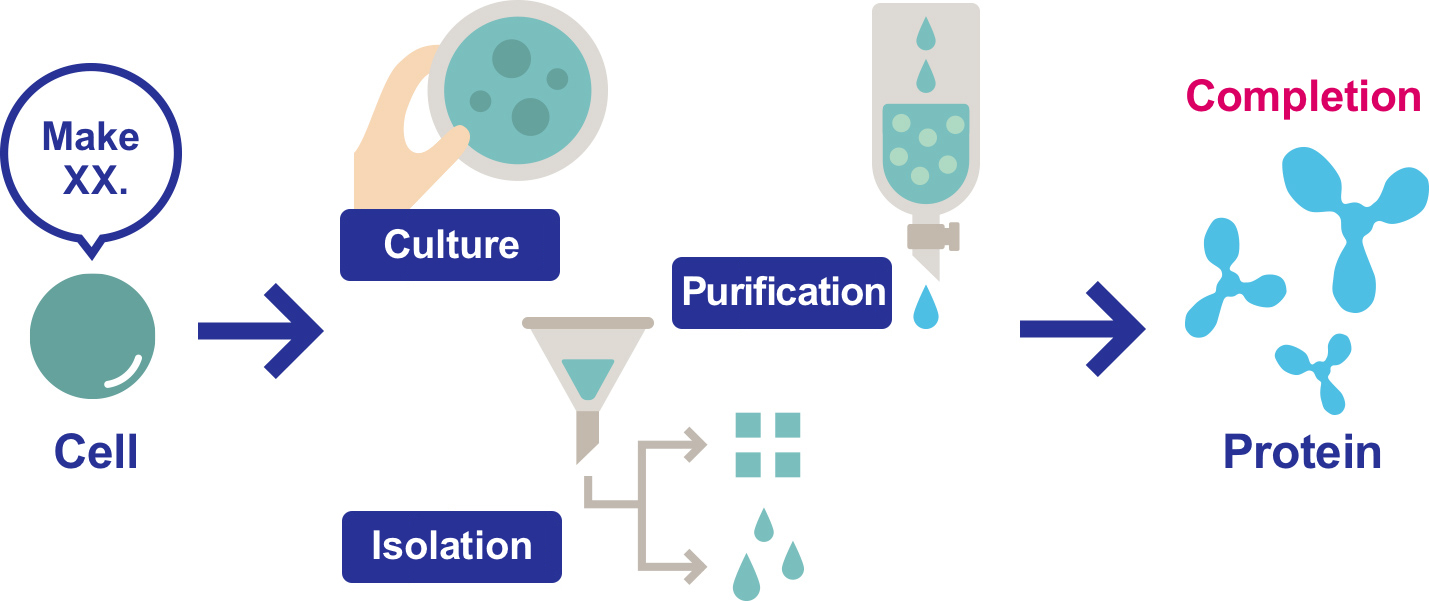
Question5What drugs does AGC help develop and manufacture?
AGC works together with our customers to bring a wide variety of drugs to the world. Here are some examples.
- ❶ Development and production of manufacturing processes for COVID-19 vaccines, which became a major global threat during the pandemic.
- ❷ Manufacturing of glaucoma treatments, developed in collaboration with pharmaceutical companies and successfully brought to market.
- ❸ Custom development and manufacturing services for safer and more environmentally friendly agrochemicals.
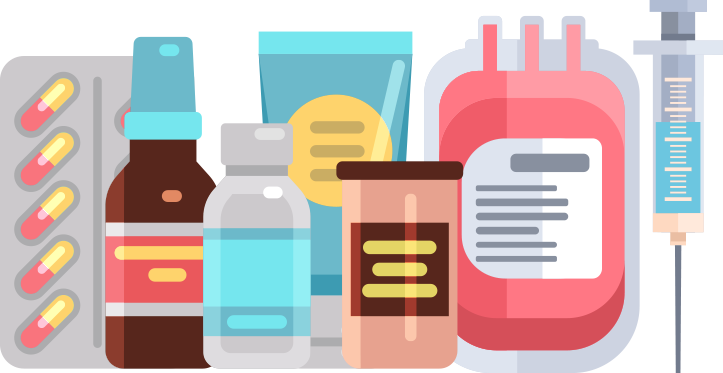
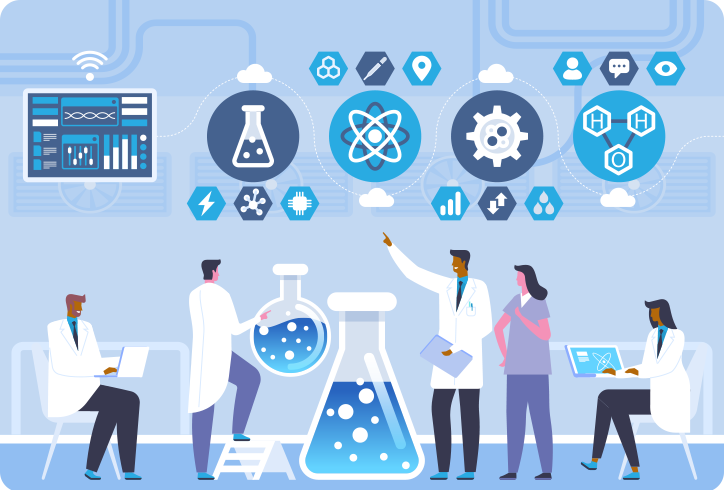
Based in 10 locations around the world, including the U.S., Germany, Denmark, Spain, Italy, and Japan, AGC continues to assist in the creation of medicines today to ensure a high standard of quality and service that is consistent throughout the world.


